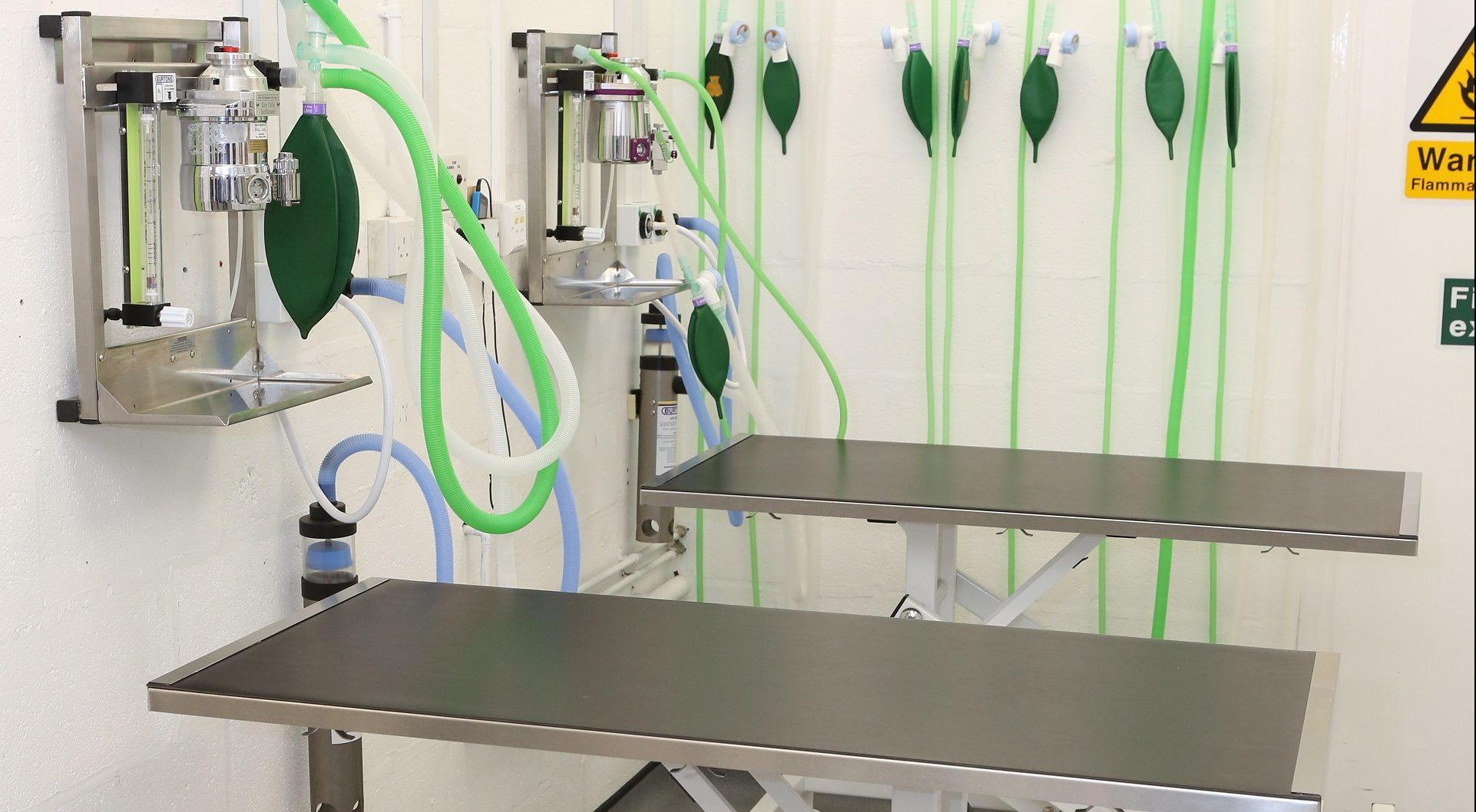Our vets are trained in a range of operations from routine neutering to more complicated soft tissue or orthopaedic surgery.
Generally the decision to go for surgery is a joint decision between you (as your pet’s guardian) and your vet. You will take part in a discussion of the risks associated with your pet’s particular surgery, and if you go ahead with the recommendations, your pet will be booked in for an appropriate day
On the day of the operation
On the day of your pets operation or a procedure, you will first be seen by the nurse who will go through a few questions and ask you to sign a consent form. Your pet is then admitted into one of our exclusive dog, cat or exotic wards. They stay in a clean, warm kennel until they are ready to have their procedure.
The medication your pet receives will depend on the procedure he or she is having. If they are having a general anaesthetic, they will first be given an injection called a pre-medication. It usually contains a pain killer and a sedative, which means they feel comfortable and relaxed.
When they are ready for their procedure, they normally receive an injection into the vein in one of their front legs to induce general anaesthesia. This means they will have a shaved area on one or more of their legs. Once they are asleep they have a tube inserted into their trachea (windpipe) in order to give them oxygen and maintain anaesthesia. Your pet is then monitored closely throughout their general anesthesia.
Surgery is conducted in one of our two operating theatres. Diagnostic procedures such as radiography (x-rays) and ultrasound examinations are conducted in our imaging room.
Dentistry is conducted in our purpose-built dental suite.
Once the surgery or procedure has been completed your pet will be watched by a nurse until they are fully recovered. We will then contact you to let you know how your pet is, and if appropriate to arrange a convenient time to collect him or her.


